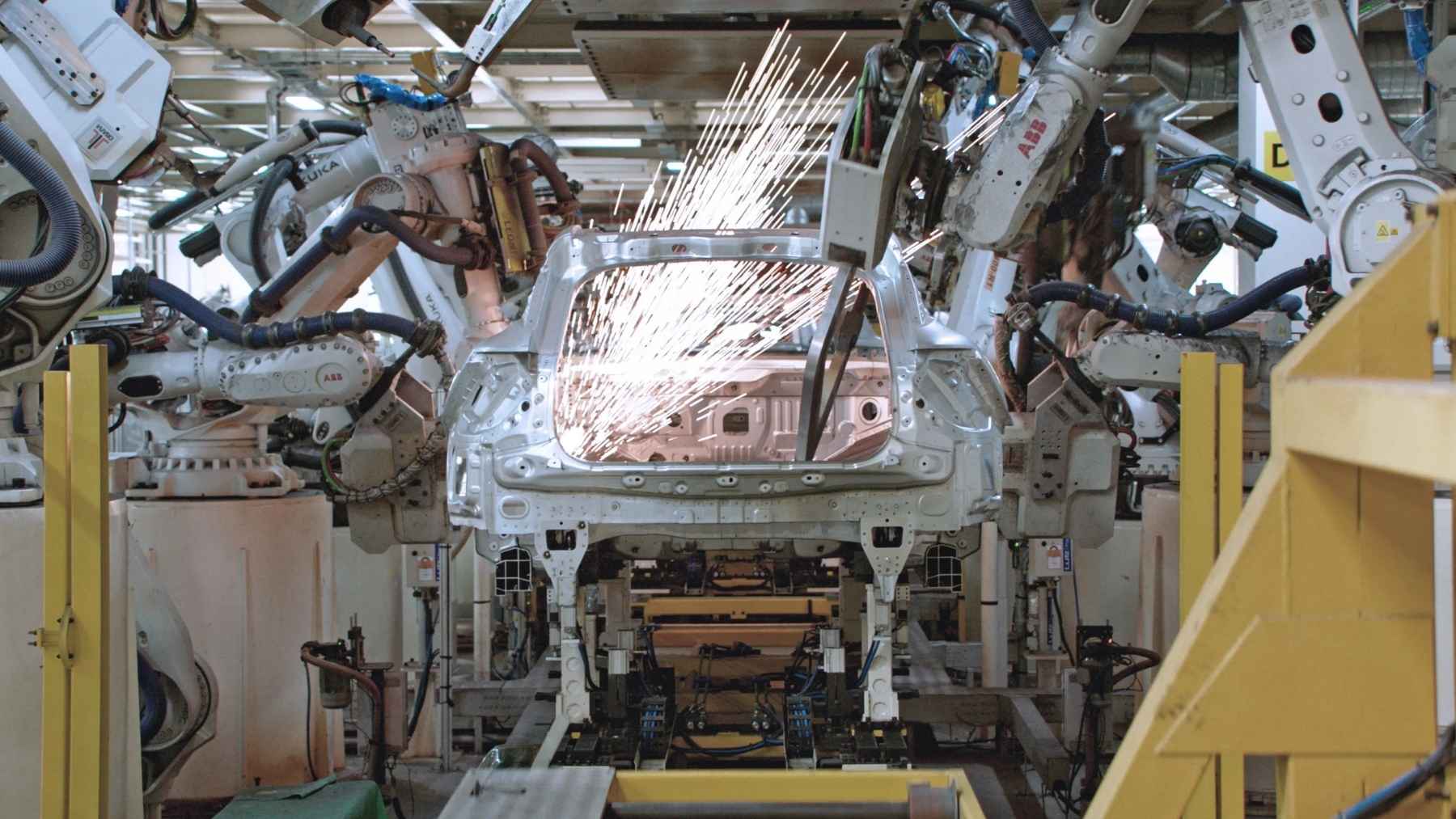The required use of air through these rockets’ engines means that the field of space travel is on the verge of a revolutionary advancement—air-breathing rocket engines. The new propulsion systems are thus expected to bring drastic changes to the cost and efficiency of space transport by integrating the functions of jet engines and rockets in a way that has not been seen before.
Two pioneering efforts in this field are making waves: Mountain Aerospace Research Solutions’ Fenris engine and Reaction Engines’ Sabre engine. However, in the same month, another project from Whitefish-based Mars Engines had a different look for the device. Such advancements could open the final frontier and allow people to travel in space as they have never experienced before.
The Fenris Engine: How Nontraditional Air-Breathing Rockets Redefine Space Exploration
Mountain Aerospace Research Solutions is a company managed by Aaron Davis and Scott Stegman, who have created the Fenris engine, an air-breathing rocket motor where air is sucked in at one end and flame comes out the other. Subsequent strategies are said to achieve the rocket to carry 20 percent less oxidizer than any pre-existing design.
Filled with a combination of bio-derived liquids and gases under Fenris, the compact engine successfully passed the first hot-fire test in July 2019 at the Mojave Air & Space Port. Although the current prototype is not sufficient for space travel, Davis and Stegman are planning to go ahead with further testing to develop engines of higher power at a test site, a decommissioned missile silo in Wyoming, where they want to generate a specific impulse of over 600 seconds, which would be a world record.
The Sabre Engine: An Oral History Project That Transforms Hypersonic Flight Capabilities
Sabre, which stands for Synergetic Air-Breathing Rocket Engine, is perhaps the more developed and funded idea similar to the air-breathing rocket concept. The Sabre engine was designed by Alan Bond, one of the main engineers who worked on the British spaceplane Hotol’s program, and its development has been going on for over 30 years.
The engine has a precooler, which controls the heat produced during hypersonic flight and enables the engine to work in an air-breathing and rocket fashion. Some of these are the precooler tests and the completion of the design review by the European Space Agency, which has seen the Sabre engine inch closer to reality. Reaction Engines plans to start the core engine tests in the coming year with an outlook of performing a high-speed, suborbital flight demonstration by the mid-2020s.
Mars Engines: A New Player with A Strategy To Revolutionize Planetary Exploration
Mars Engines is hard at work in Whitefish, Montana, on its air-breathing rocket engines. Started by Aaron Davis, a former Marine, Mars Engines is a corporation that designs and builds rockets. The company has developed a rocket that can use any surrounding fluid for combustion, including air, dust, or water. This versatility might mean the engine can work in different conditions, such as those in planetary atmospheres.
This design has not gone unnoticed, and the company has communicated with NASA about the future of the robot’s evolution. Mars Engines would potentially be ready to do that later this year or early next year with a large-scale cryogenic engine, and their experimental engine would go from proof of concept to potentially implementable.
The Future of Space Travel: Air-Breathing Rockets and Their Impact on Space Utilization
Lastly, air-breathing rockets can be classified as the major advancement in the lineup of space-acting engines. Right from the much smaller and independent Mountain Aerospace Research Solutions to the sustained, million-dollar project at Reaction Engines and the novel product development of Mars Engines, all these advancements are taking space travel to the next level. These engines could, if successful, cut the cost of space access by an order of magnitude, thus expanding space utilization for commercial and scientific purposes.
Despite these issues, especially the instability of hypersonic flights and the difficulties of uniting air-breathing engines with rocket technology, the advancement of such companies indicates that the future could see a new epoch of space exploration that requires far less fuel. These technologies are still developing, and it may be just a matter of time before single-stage to-orbit rocket ships and many more explorations beyond the Earth’s atmosphere become common.












